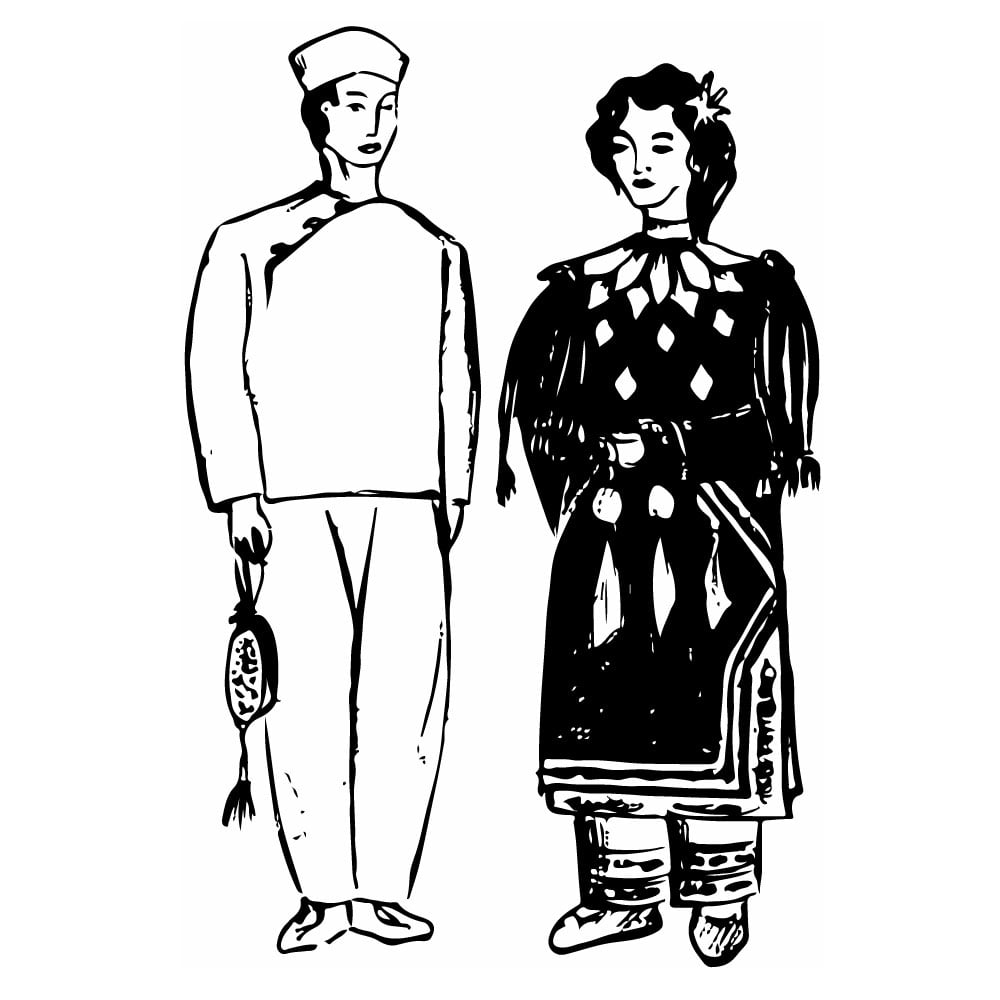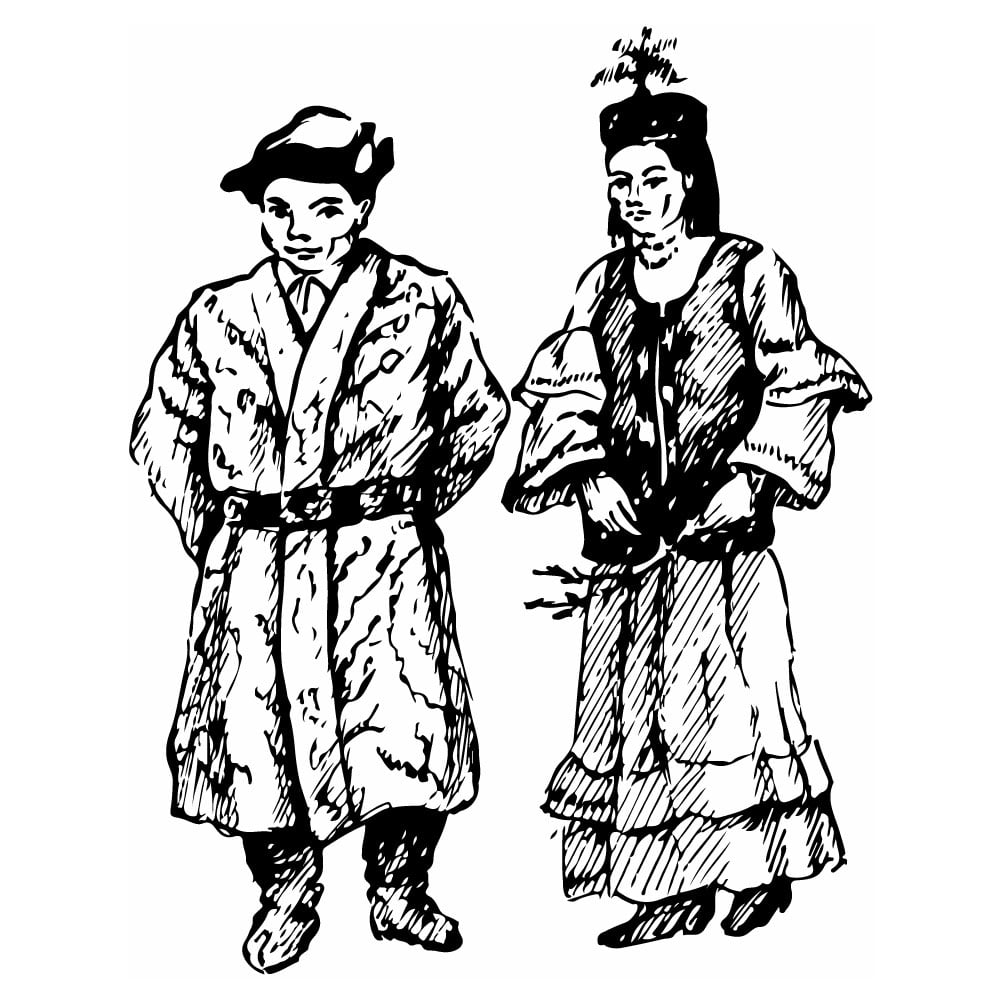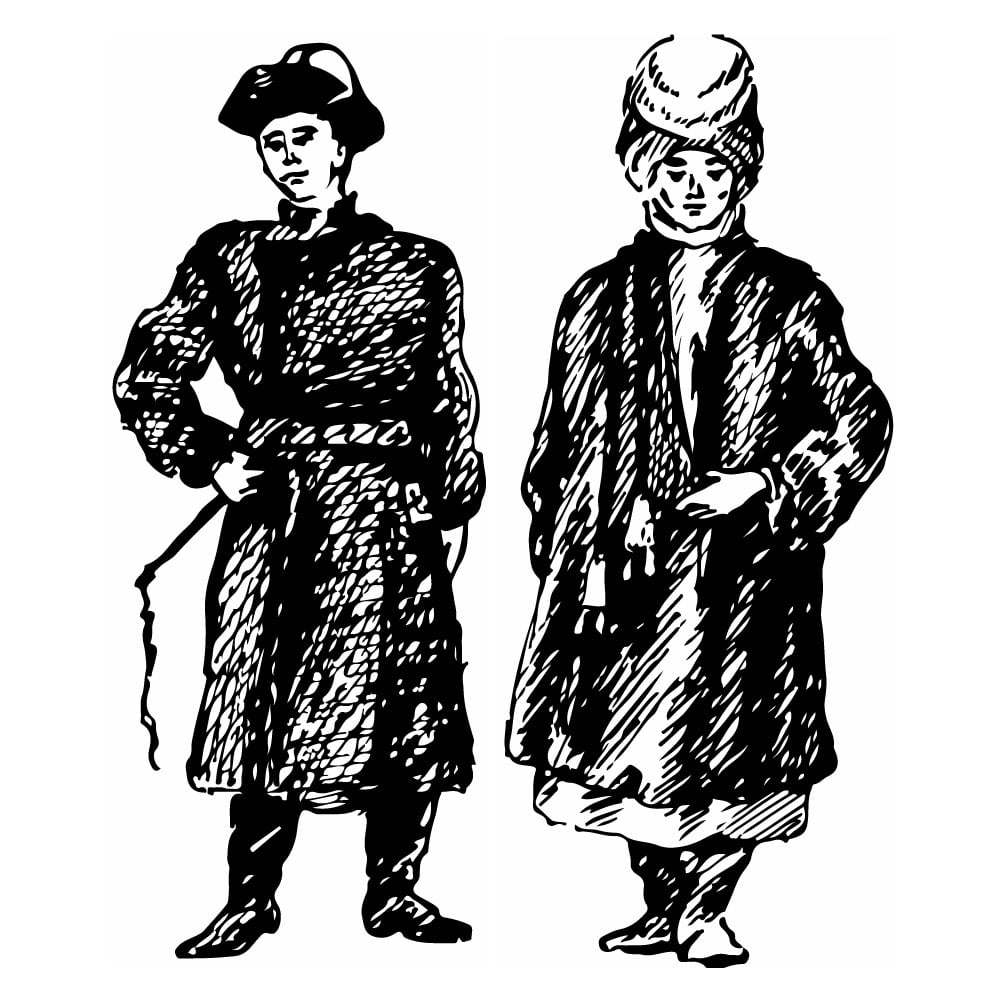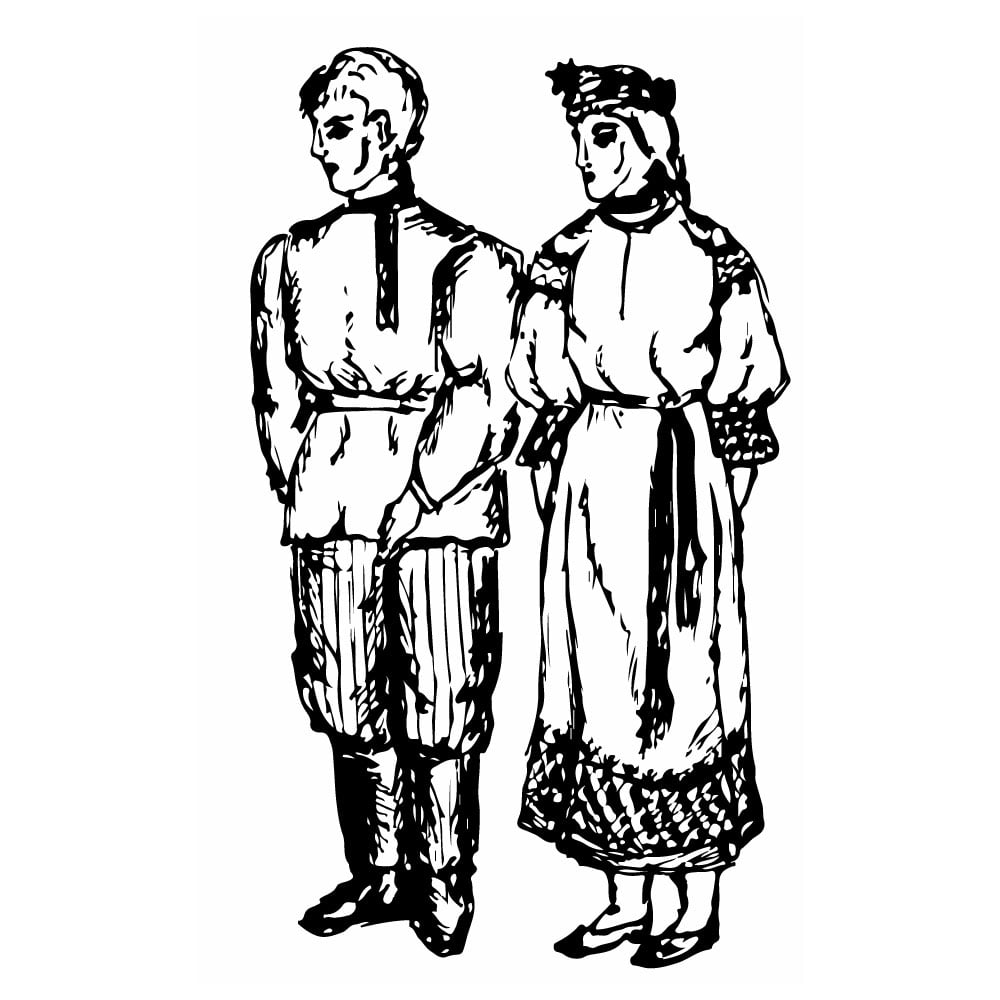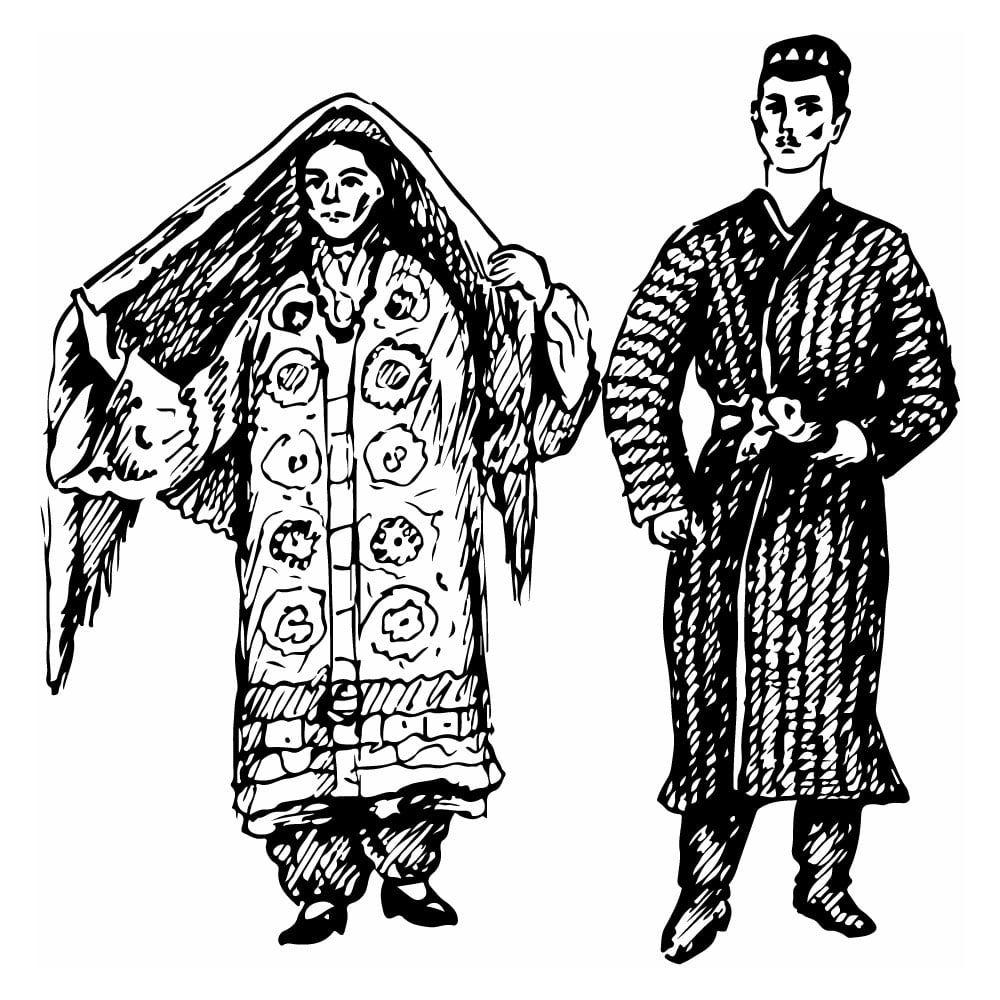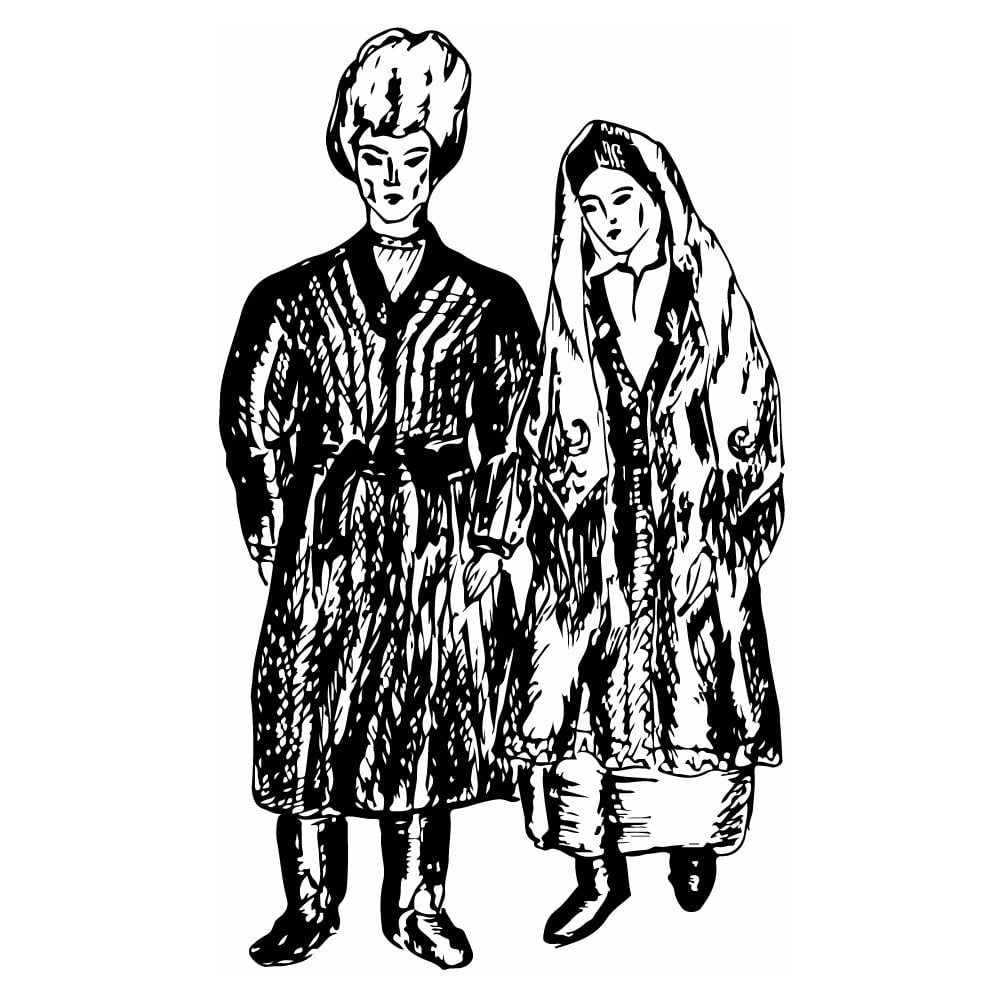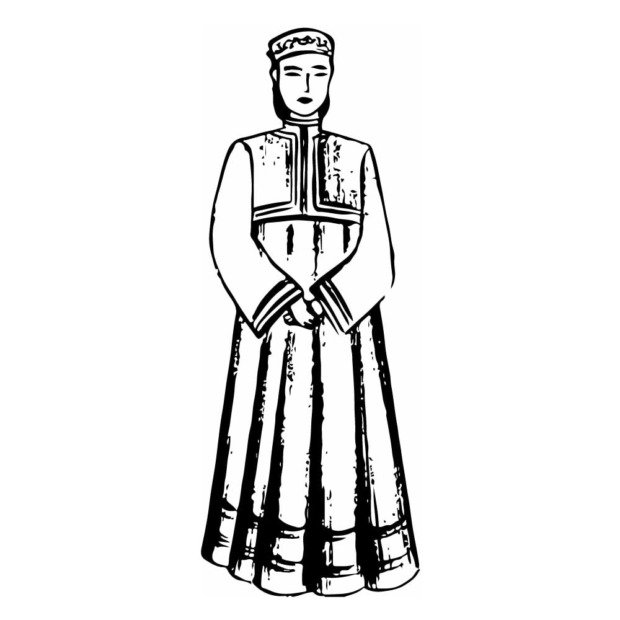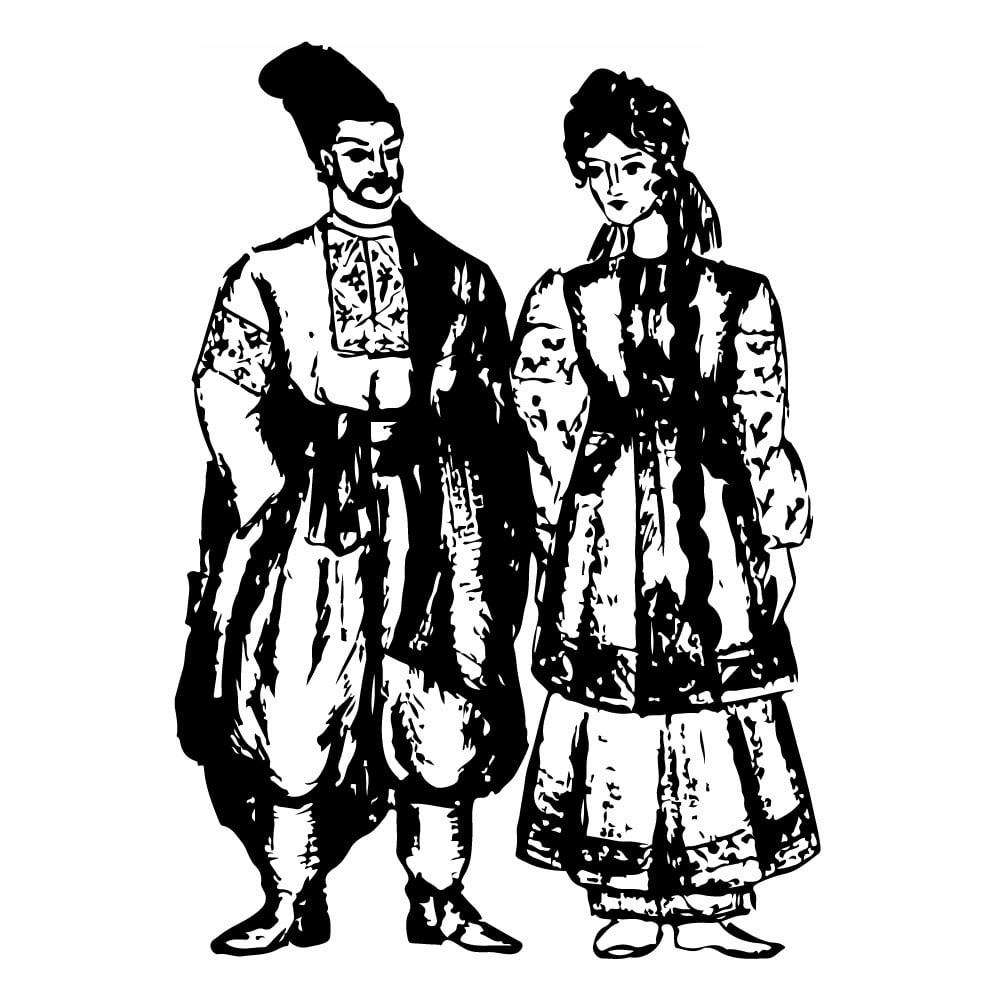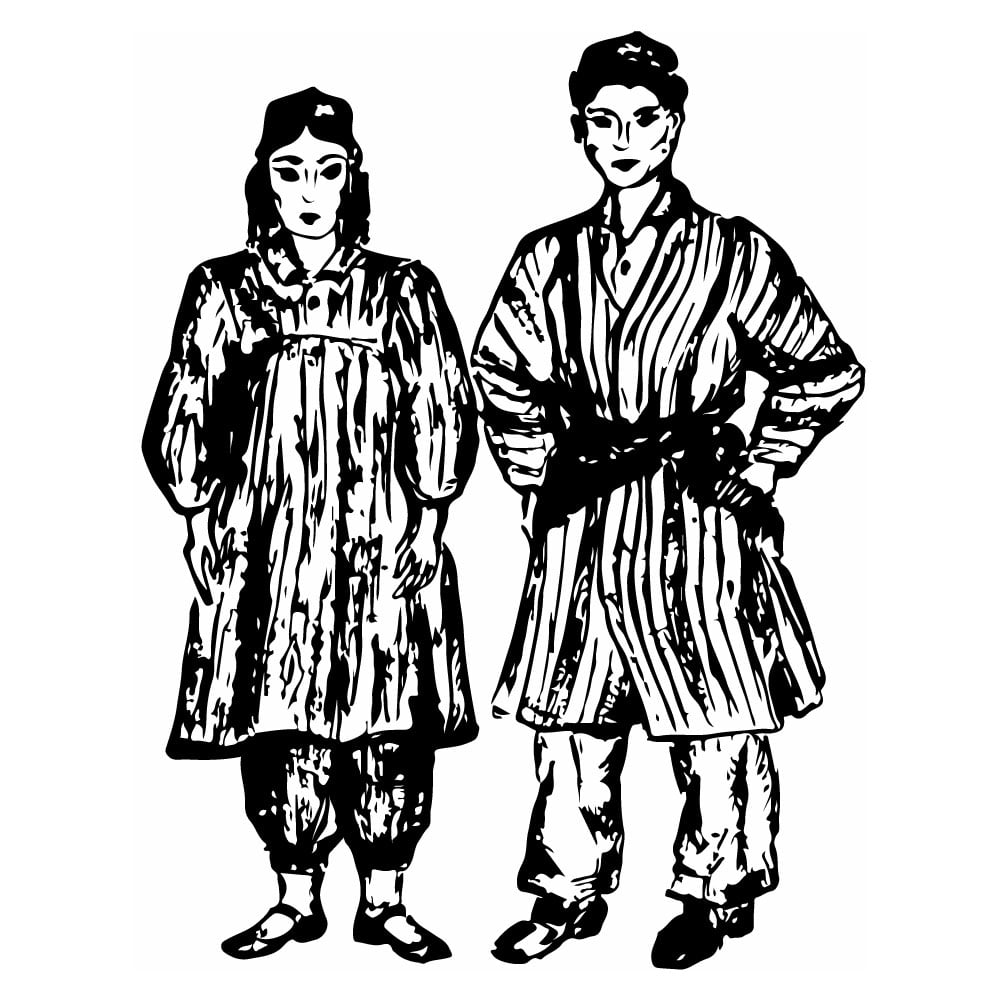Koryak
| Population | 92,000 |
| Language group | Chukot-Kamchatka |
| Language | Koryak |
| Region | Koryak National area |
| Religion | Shamanism |
*Population estimates for 1994
The Koryak are the nearest south neighbor of Chukchi. The name of “Koryak” was given to this nationality in the second part of the seventeenth century; it comes from Koryak root Kor: “deer.” This means “living near deer” which, probably, served as the basis for their name. The Koryak had no self-name before the general term.
At present time, the connection with the process of consolidation of odd groups of Koryak, the term “koryak” acquired general spread. Approximately to all the nationality in the mode of life one can find the term “nymylan.” The problem of Koryak origin has not been worked out sufficiently yet. Not numerous archaeological prospects in the northwest part of Kamchatka and on the Okhotsk sea coast have found the remains of ancient dug-outs, stone and bone tools, ceramics. This find traces the connection of present day Koryak with their ancestors. The first information about the Koryak was received from the Russian Kossaks in the seventeenth century. From the second part of the eighteenth century much closer ties were established between the Koryak and the Russians. In this period, Russian settlements appeared on the territory of Koryak. From Russia the Koryak received iron implements of trade, more perfect instruments for processing wood, bones, etc. Under the influence of the Russian culture, the framework of peasants’ houses appeared in Koryak settlements. The south Koryak suffered the largest cultural influence of Russia. Even Russian names and surnames prevailed among them.
In the past time the agricultural activity of Koryak was represented by deer breeding, trade of sea animals, fishing and hunting. Collecting the wild plants played the main role in the Koryak’s economy. Collecting edible roots, grasses and berries was practiced only by women.
From the grasses they made inner soles to boots, mats, and wove baskets and bags. Among the men, the skills of bone and antler carving of wild ram were spread.
Koryak clothes were more like of the Chukchi. Skins of young deer served as the material for summer and winter clothes. The main clothes of men were long, nearly to the knees, trousers of fur and footwear. A shirt was sewed with a hood. The collar was sewed round with a dog’s fur. Road clothes had the same shroud, but it was longer. Women’s winter clothes were loose fur overalls with a hood. The trousers of the overalls below knees were put into the boots. Over the overalls, women wore the fur shirt. Summer clothes of deer men and seaside Koryak did not differ by form from winter ones, but it was made from rovduga. The fur hat was the main headdress in the form of a hood.
According to religious notion of Koryak, all the world was populated by a great deal of harm-bringing beings, “neenveets.” They considered that neenveets hunted for the people and ate them, moved into them causing illnesses. To console the neenveets, they were given sacrifices. Except professional shamanism, Koryak had a family one, involving mainly women. Each newborn member of the family was regarded as a regenerated ancestor. Guessing which ancestor was regenerated was found out with the help of divination.
Both deer men and settled Koryak every year arranged the seasonal competition. The main deer holiday was Spring Kelvei (the horn’s holiday), which was celebrated after calving. In autumn the holiday of slaughter of deer was held.
The Koryak possessed the cycle of myths, which are common with Chukchi and Itelmen. The main character of these myths was the Raven Creator which, according to people’s notion, endowed people with all material wealth: the deer, dogs, deer keeping, fishing, sea trade, and dog driving.
In Koryak folklore, tales about master and his worker present special interest. Their riddles and proverbs are rather scarce. The song folklore is also poor developed.
Manufacturing of different artistic articles from bone, hide, leather, deer fur, and silk was widely spread. Bone muffboxes and pipes were the subjects of male arts. The fur patterns, patterns from beads, silk, and deer fur was the field of female arts.
This is Ad 1





